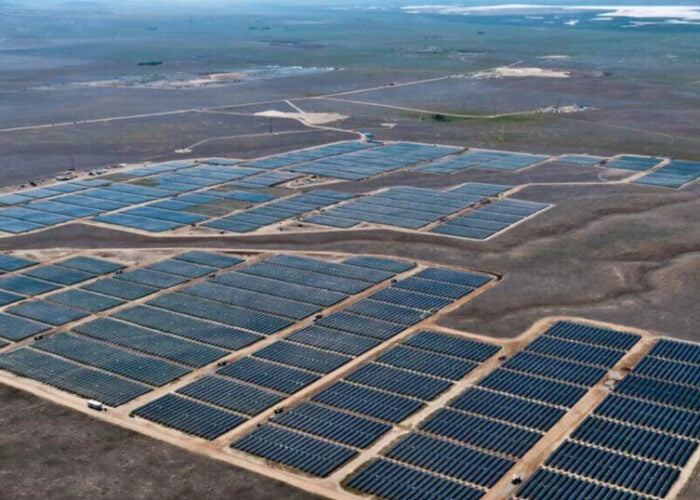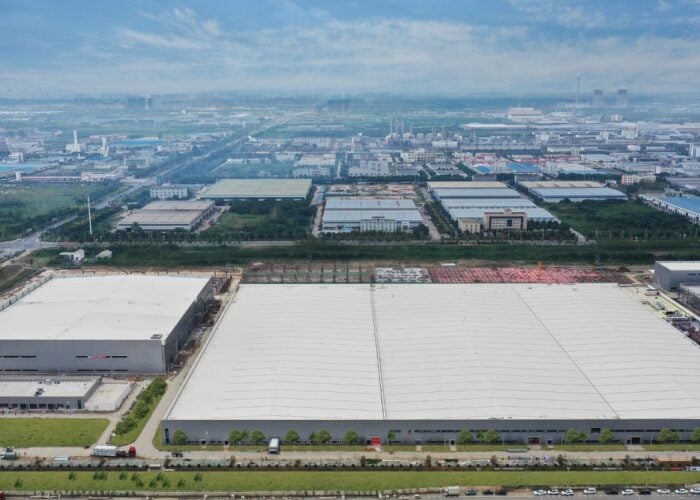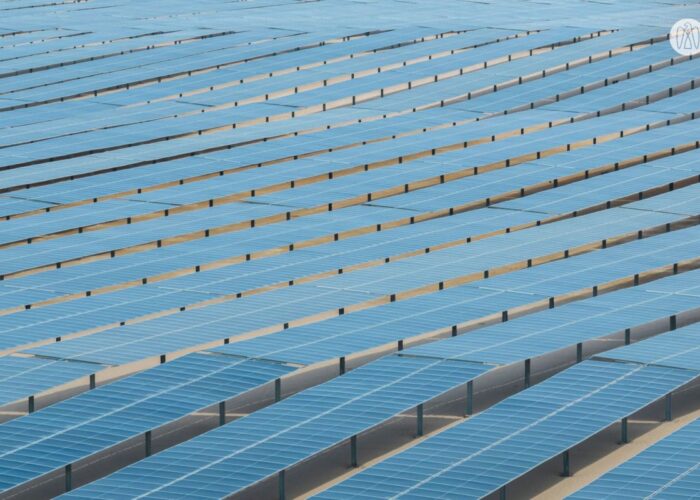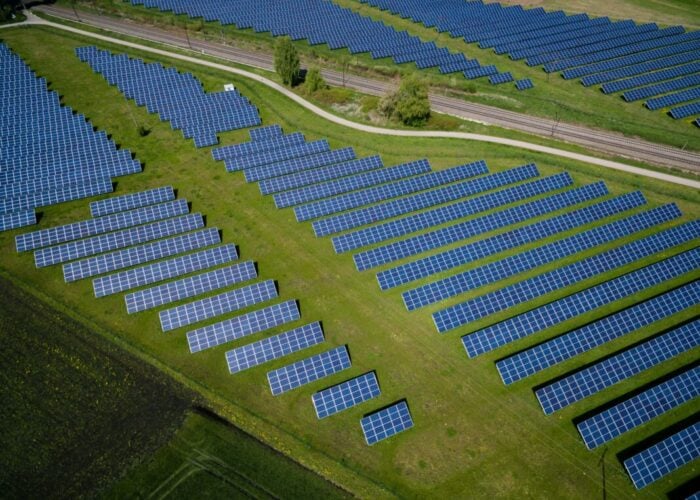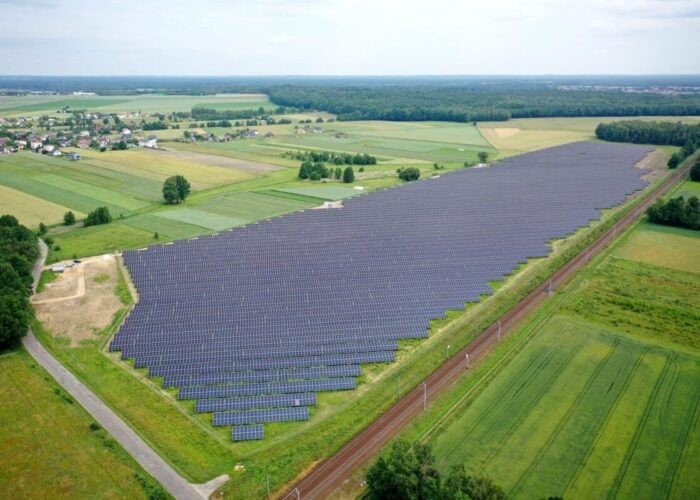Residential solar is the cool new kid on the block, that's for sure, at least for now. At Solar Power International it was certainly the talk of the town, leaving utility-scale developers at SunEdison scratching their heads now that the bulging pipelines like California's Renewable Portfolio Standard have been fulfilled.
But what is happening at the commercial and industrial (C&I) level? GTM Research results from the second quarter of this year showed that the segment had performed below expectations and the market even shrank 11% year on year in Q2.
Try Premium for just $1
- Full premium access for the first month at only $1
- Converts to an annual rate after 30 days unless cancelled
- Cancel anytime during the trial period
Premium Benefits
- Expert industry analysis and interviews
- Digital access to PV Tech Power journal
- Exclusive event discounts
Or get the full Premium subscription right away
Or continue reading this article for free
“Despite strong overall growth figures for solar in the US, the commercial (or non-residential) market has been slow thus far in 2013,” said the latest GTM report. “Although some of this downturn can be attributed to specific large state markets (such as New Jersey) cooling off, the non- residential market has generally been slow across most state markets.”
The removal by Arizona Public Services of performance-based incentives for commercial projects in its territory has not helped. But financing for commercial deals is a major reason why the commercial sector has been slow to gain traction; the deals are too small for large banks, too complex for smaller investors and often too diverse to aggregate.
Panasonic Eco Solutions had a high-profile presence on the trade show floor at this year's SPI – its North American ambitions on full display. In October, the company announced the acquisition in partnership with Coronal Management of 16.2MW of California CREST (California Renewable Energy Small Tariff) projects from Macquarie Capital. That's small beer, but we are promised there is much more to follow.
Coronal Management develops, finances, builds, operates and maintains solar PV projects for institutions, corporations and non-profit organisations throughout the US, Canada and Puerto Rico. In fact, Coronal has even recognised an alternative moniker for the segment that has struggled to find financing in a way that solar installations at utility and residential scales have not.
Together, Coronal and Panasonic aim to fill the financing void in the commercial, industrial, municipal and small utility (CIMSU) markets between 250kW and 20MW.
Jamie Evans, head of US Eco Solutions at Panasonic Eco Solutions North America, told a panel discussion at SPI:
“We'll look at deals, anywhere from 1MW to 10-20MW. One driving reason is just the growth potential that we see in the CIMSU part of the market that continues to be fragmented, inefficient, generally underserved and has a lot of potential customers who are interested in systems portfolios of this scale but have been hesitant to make a meaningful commitment at the portfolio level.
“We're trying to bring more efficiency to this part of the market and enable deals to be done faster and cleaner with the financing element and we see huge growth potential.”
Universities, schools, municipal authorities and malls are often a perfect match for commercial systems. But if they are public buildings or non-profits, incentives like the Investment Tax Credit cannot be monetised – you need revenue and a tax liability for that.
Jonathan Jaffrey, president at Coronal Management, said: “If you're a public school or water district you don't pay any tax. So that has to be monetised by groups like ours to make that come together.
“This is a fast-growing market and there's lot of interest in solar. When you plug in your iPad, you get a bill later. No one owns their own power plant whether it's the mall, local university or school, they're not looking to own power plants solar or otherwise and operate them.”
Neither do they all that often want to buy an expensive asset, essentially paying one fat electricity bill for the next 20-plus years.
“So it becomes a finance problem,” Jaffrey said. “With a shortage of capital and a lack of sophistication you end up with many more customers who want solar systems but don't have the opportunity to be serviced.”
Panasonic and Coronal's “end to end” solution is what customers really want, he said. Customers are also reassured by the 20-year maintenance contract from a company that also may have made their TV or refrigerator.
But what about all that wasted flat roof space sprawling across malls all over the US?
Macerich owns around 90 malls across the US. Since last year, the commercial real estate company has installed around 10MW, and “hopefully a lot more” will follow, according to Jeff Bedell, vice president of sustainability at the Macerich Company.
For some idea of where the market might be going you only need to follow the money. According to Darren Van't Hof, director of renewable energy investments at US Bank, there is around US$20 billion going into it annually. In fact, US Bank is putting US$1.1 billion in tax equity into the market – only half to residential.
“On the commercial side, we're seeing a lot of growth trajectory and we will put in close to US$5 billion just on the C&I next year. There's a lot of opportunity; as the market continues to improve there needs to be more investors – there's no amount of financing that could keep up with demand.
“Utility-scale for us has always been out there because the numbers were big, the yields weren't so great and there's more competition on the financing side. The ones that we have pursued, they've fallen apart sometimes for environmental reasons, sometimes transmission, because you're dealing with regulatory issues that you don't deal with in the C&I space. It's a lot easier to put a system on a Walmart than it is in the desert, it takes a lot less time and you only need a couple of parties.
“We were never bullish on utility scale and never thought it had a long life. The utility-scale power plant mentality solar isn't the best use of solar – the distributed generation space is much more effective for the asset class. That's where the growth will be.”

